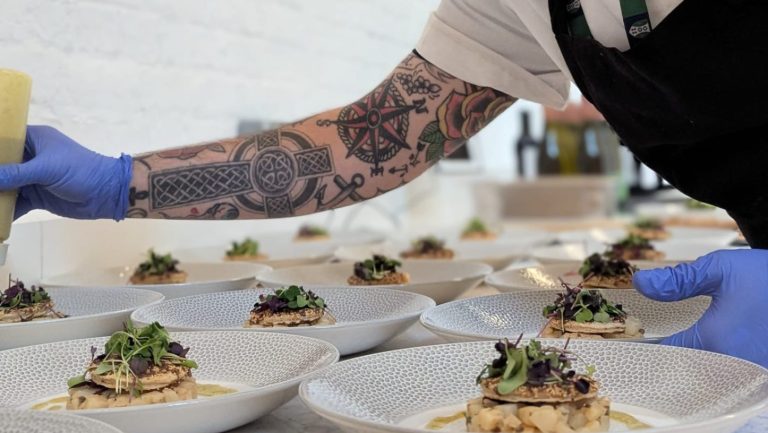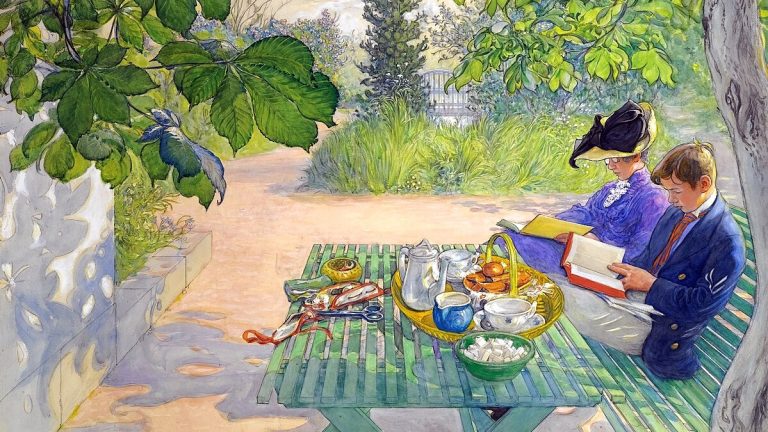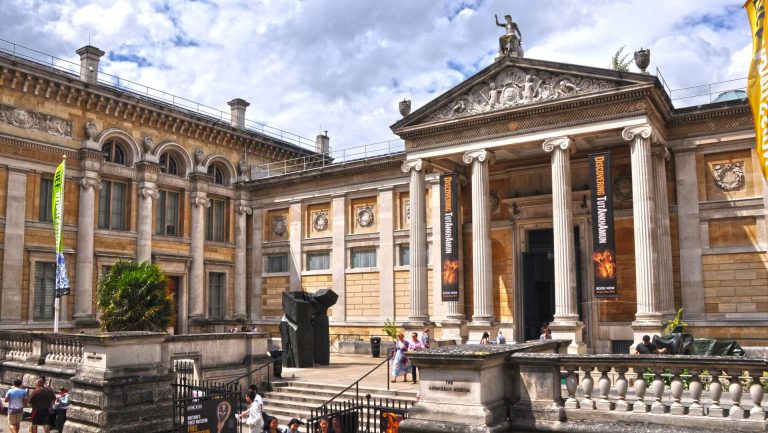Plans for Botley West, which is set to become Europe’s largest solar farm, will be examined in a public hearing held by the Planning Inspectorate this week. If the project is approved, Botley West would span an area of around 1400 hectares across the West Oxfordshire, Cherwell, and Vale of White Horse districts in Oxfordshire.
A spokesperson for Photovolt Development Partners (PVDP), the developer of the site, told Cherwell: “Botley West will deliver 840 MW of clean, affordable, homegrown, secure power – enough to power 330,000 homes – the equivalent of every home in Oxfordshire. This project represents a £1 billion investment in Oxfordshire’s electricity network and a significant greening of its power grid, currently one of the most carbon-intensive in the country.”
Botley West is considered a Nationally Significant Infrastructure Project (NSIP), and must therefore be examined and approved by the UK government rather than local councils.
However, objections have been raised to the project due to its potential impact on local communities and wildlife. Alex Rogers, Chair of the Stop Botley West Campaign, a community group, told Cherwell: “We are seeking a sustainable renewables project which is smaller and less damaging to our heritage, landscape, green belt, productive arable farmland and to the visual and health benefits residents in the area currently enjoy.
“Our reading of [PVDP’s] Environmental Statement and associated documents has revealed many errors, shortcomings and misleading approaches to the analyses presented…they have demonstrated a blatant disregard to the concerns and needs of the estimated 11,000 people living within 1.5km of the proposed Botley West Solar Power Station.”
Natural England, a non-departmental government body, has expressed concerns about Botley West’s effect on local endangered bat populations. In a letter to the Planning Inspectorate, Natural England cited concerns on “potentially insufficient survey effort, methodology and interpretation…so the most important areas for bats have not been identified”, “insufficient detail on avoidance and mitigation measures”, and the “lack of detail on post-consent management and monitoring” of bat populations.
In response, PVDP told Cherwell: “The project has been calculated by independent experts to produce a minimum 70% biodiversity net gain on the site. The introduction of new hedgerows and community growing projects will also protect pollinators across the site and will help to protect and restore wildlife habitats. The temporary leasing of the land for the development will allow the land to recover from intensive farming, restoring soil quality and fauna on the site.”
The Environment Agency was contacted for comment.










